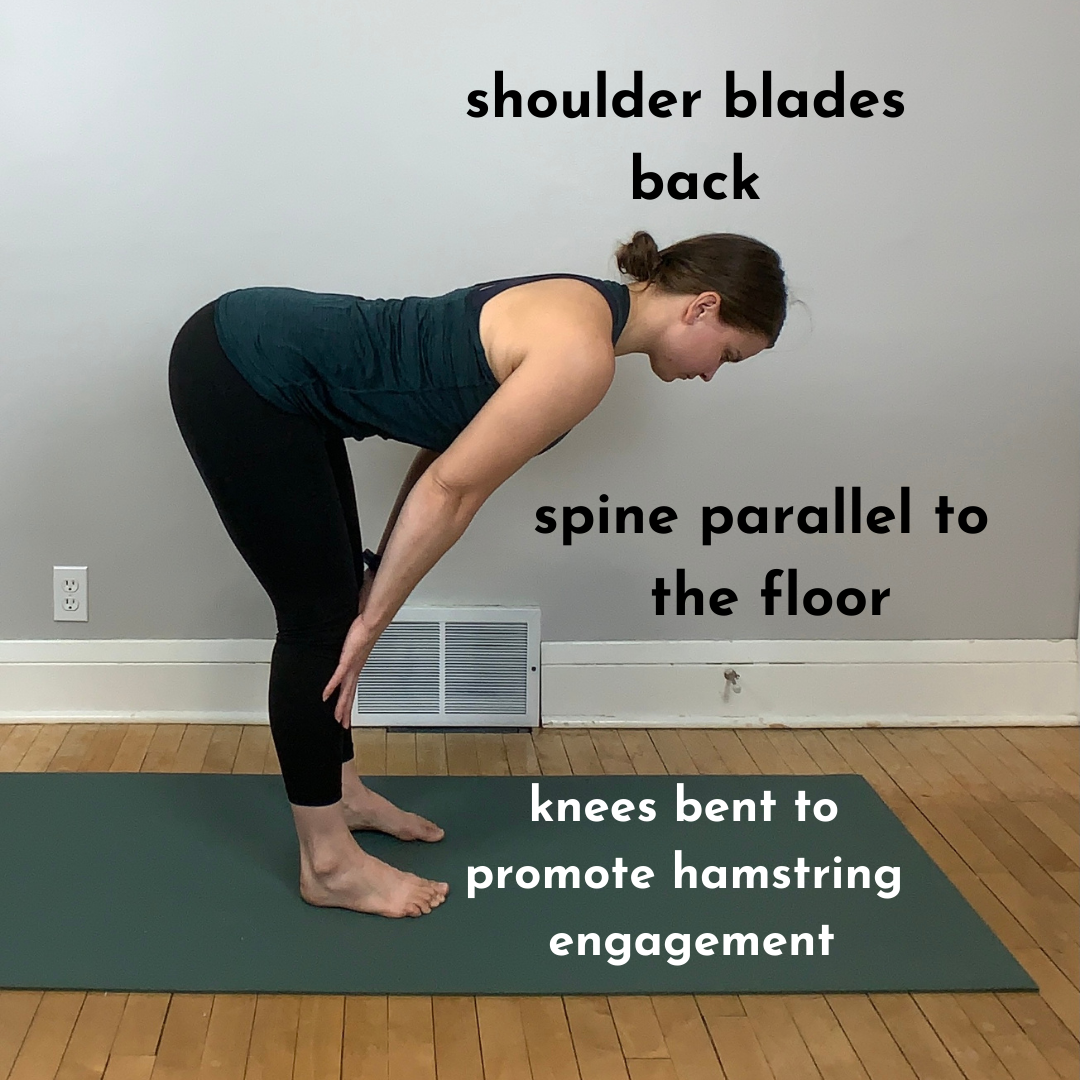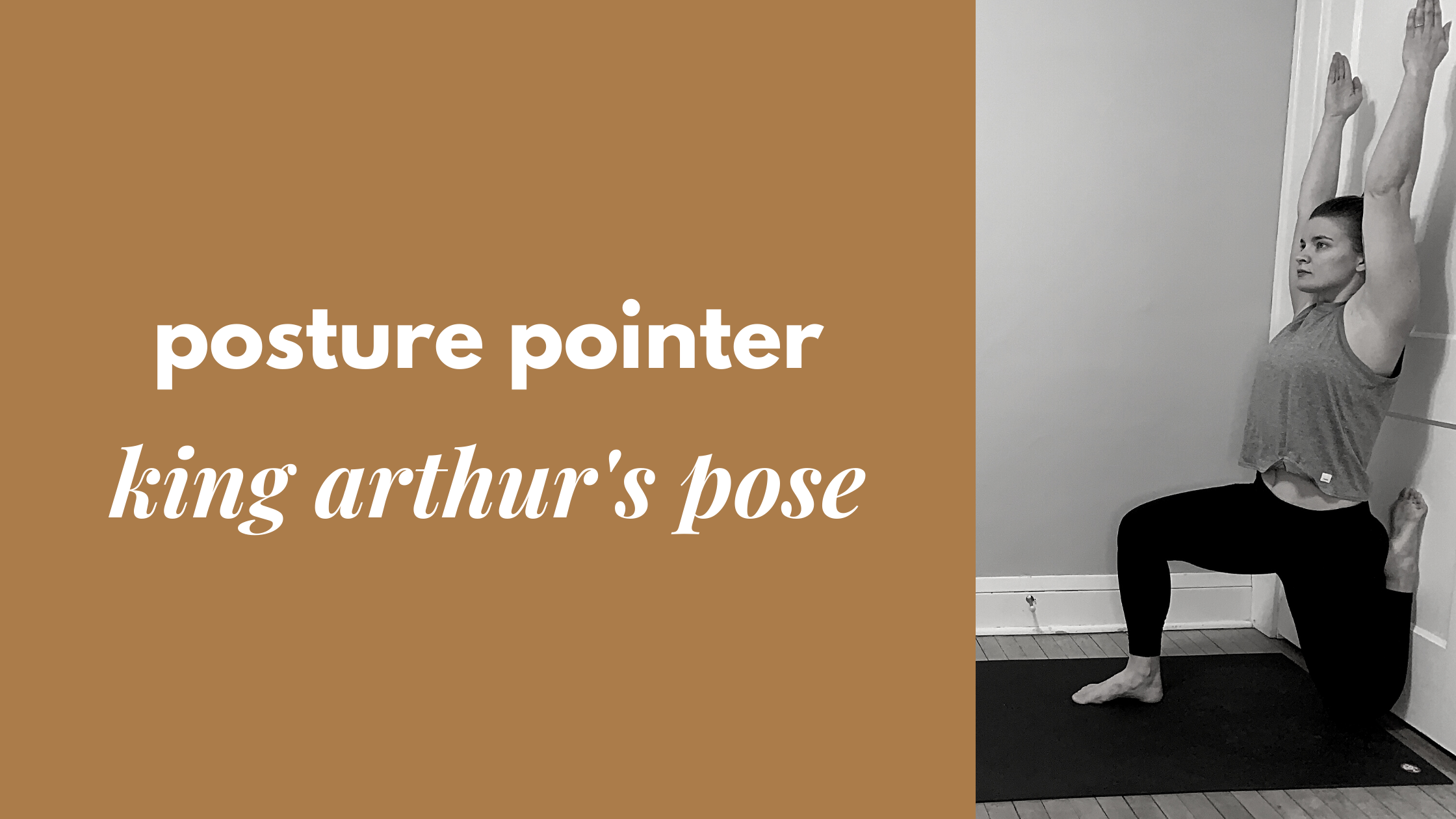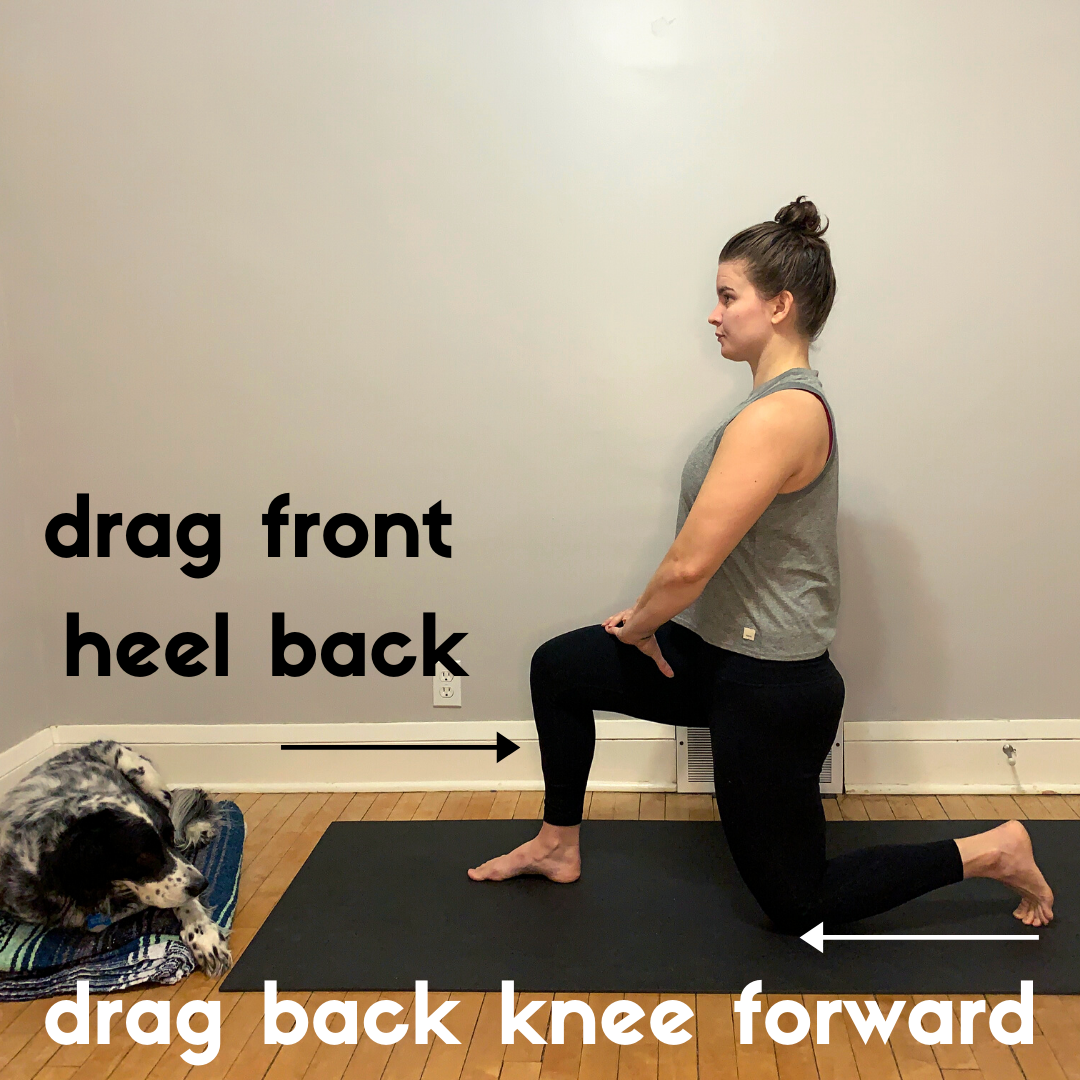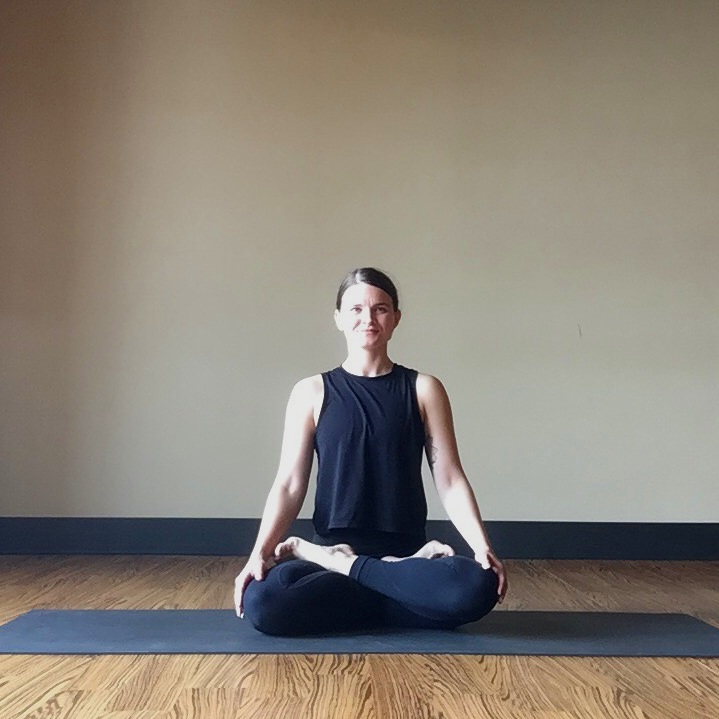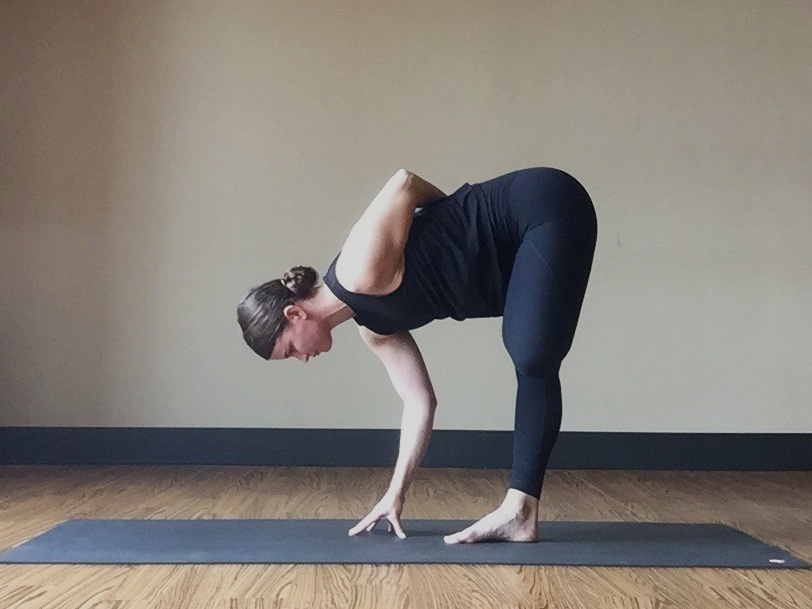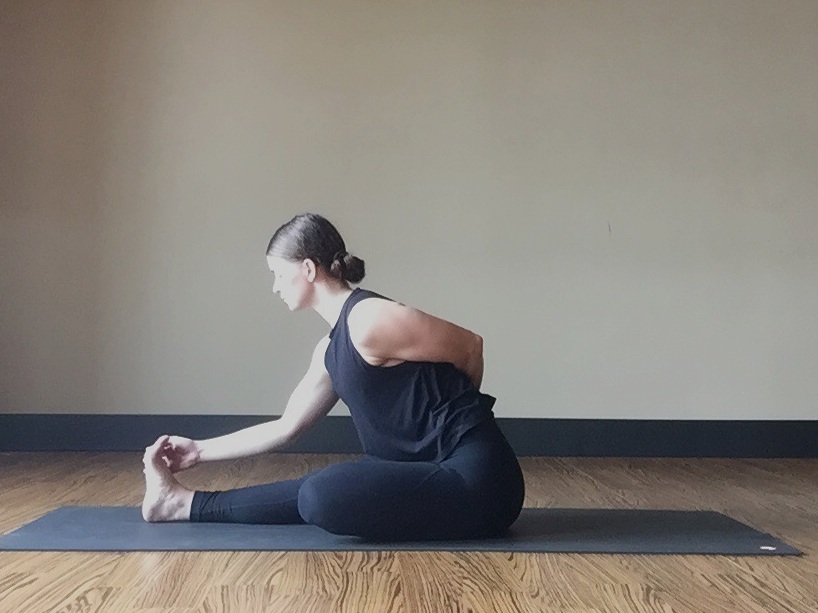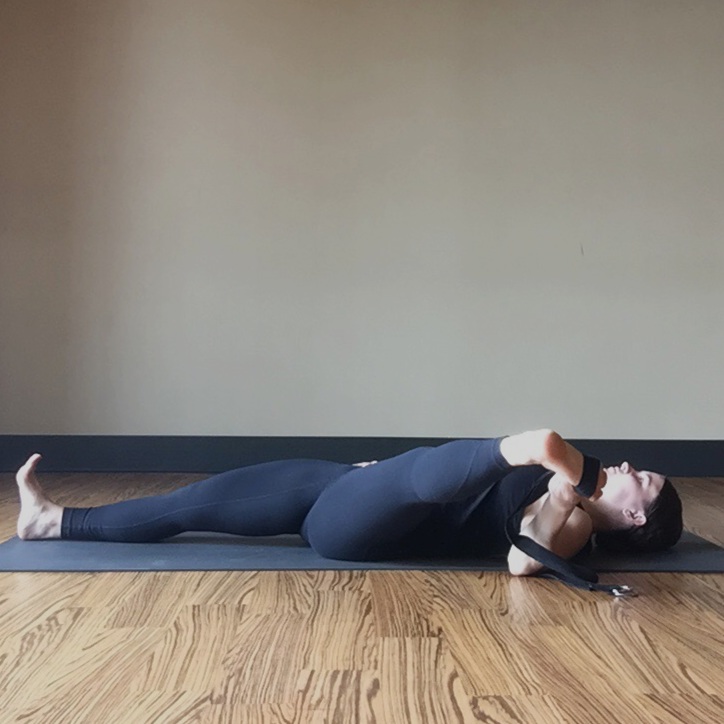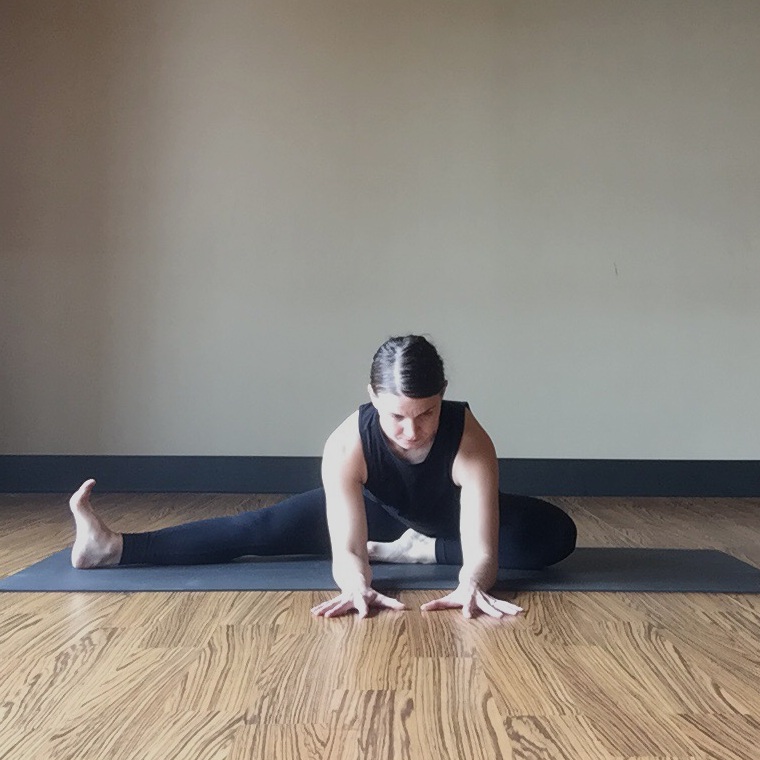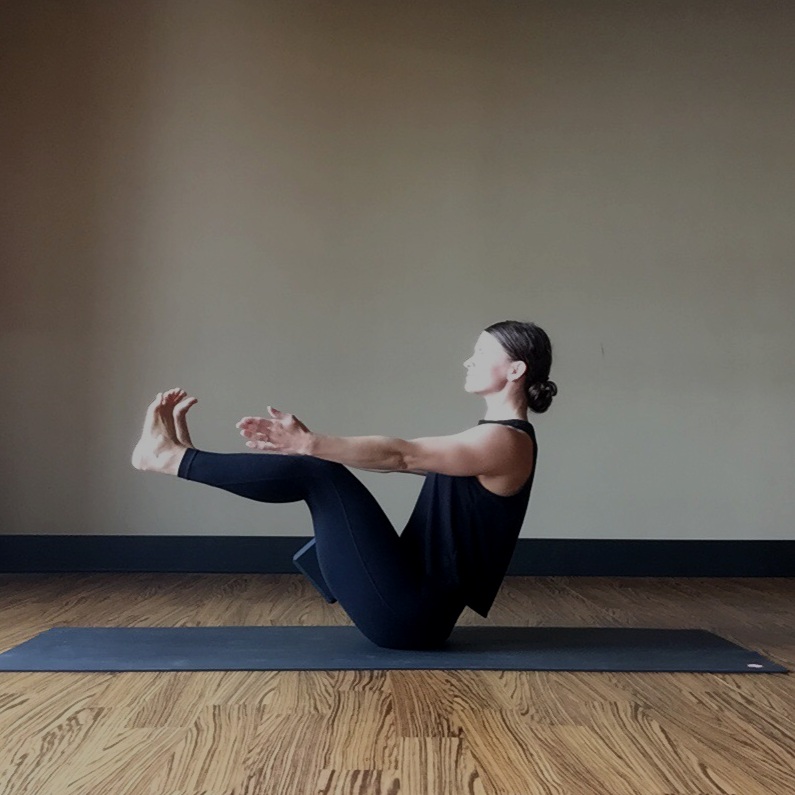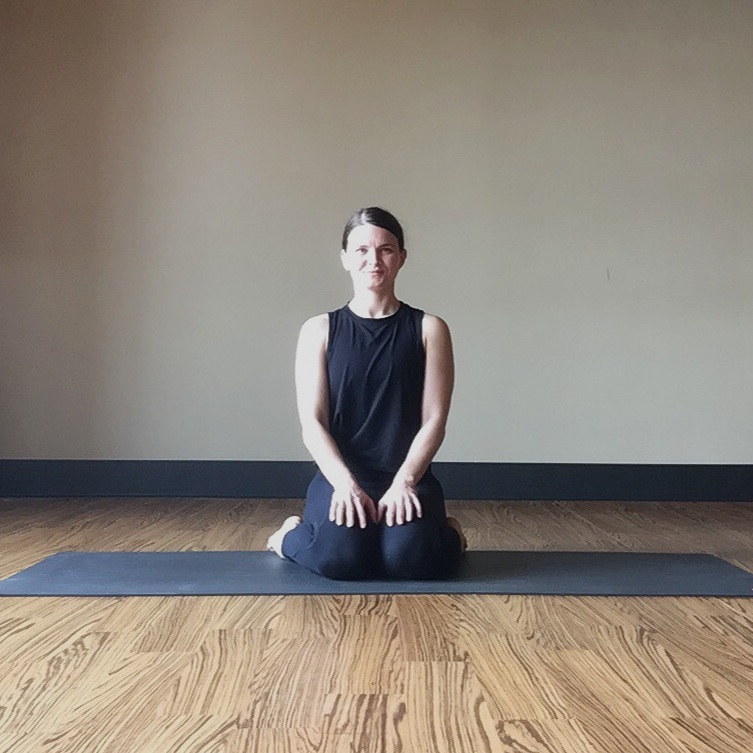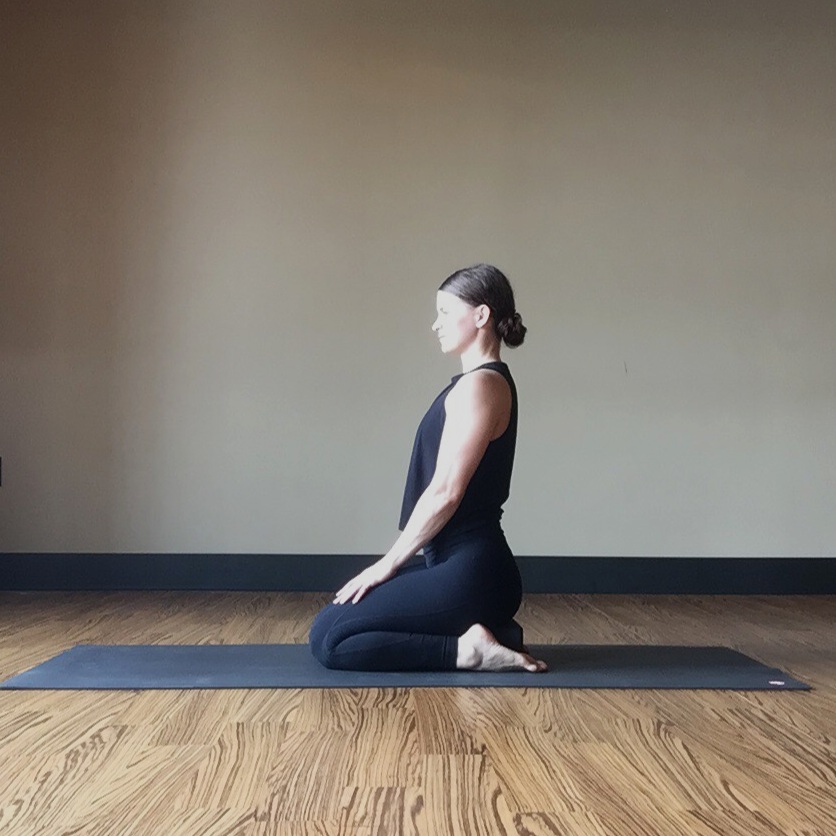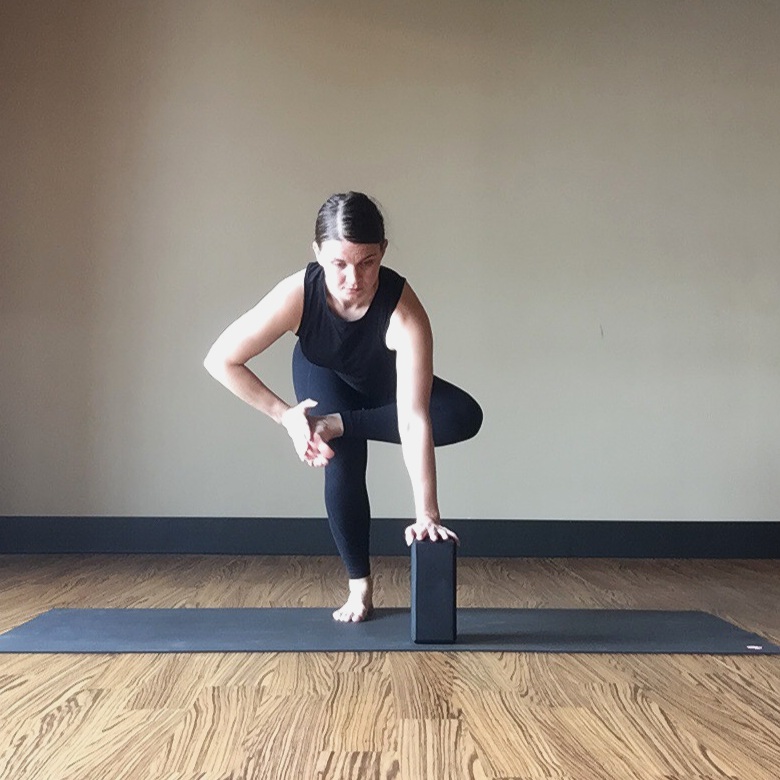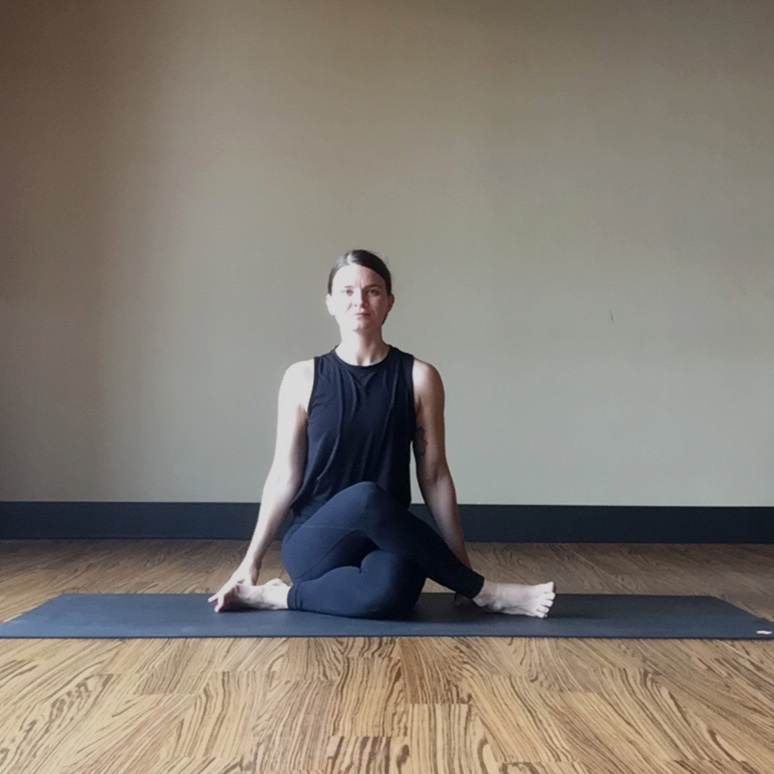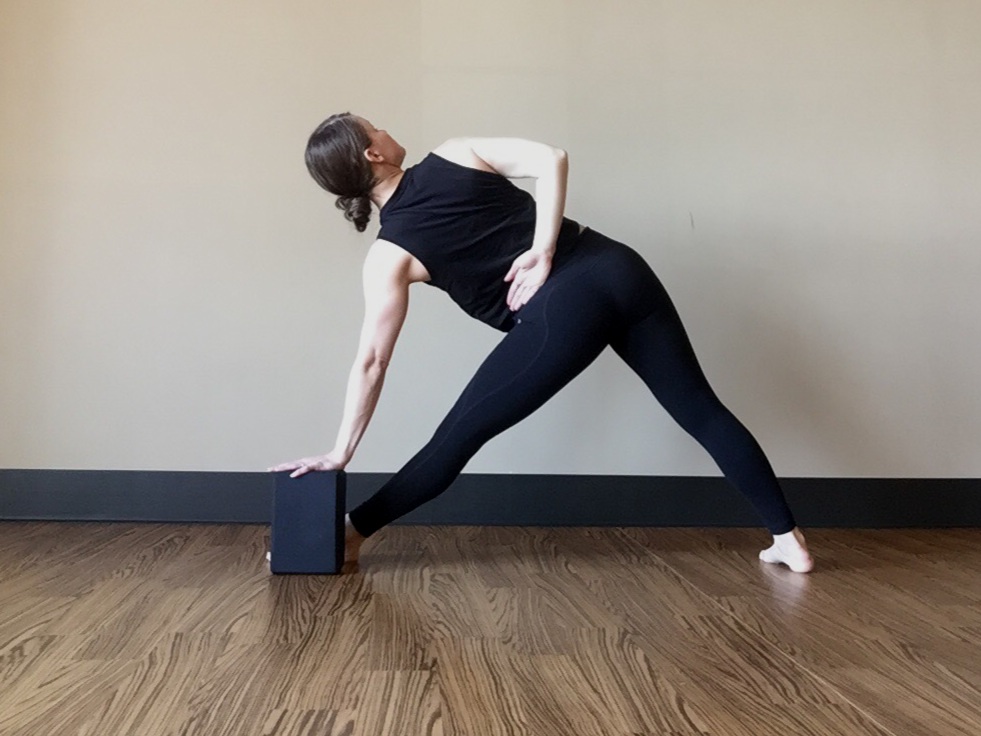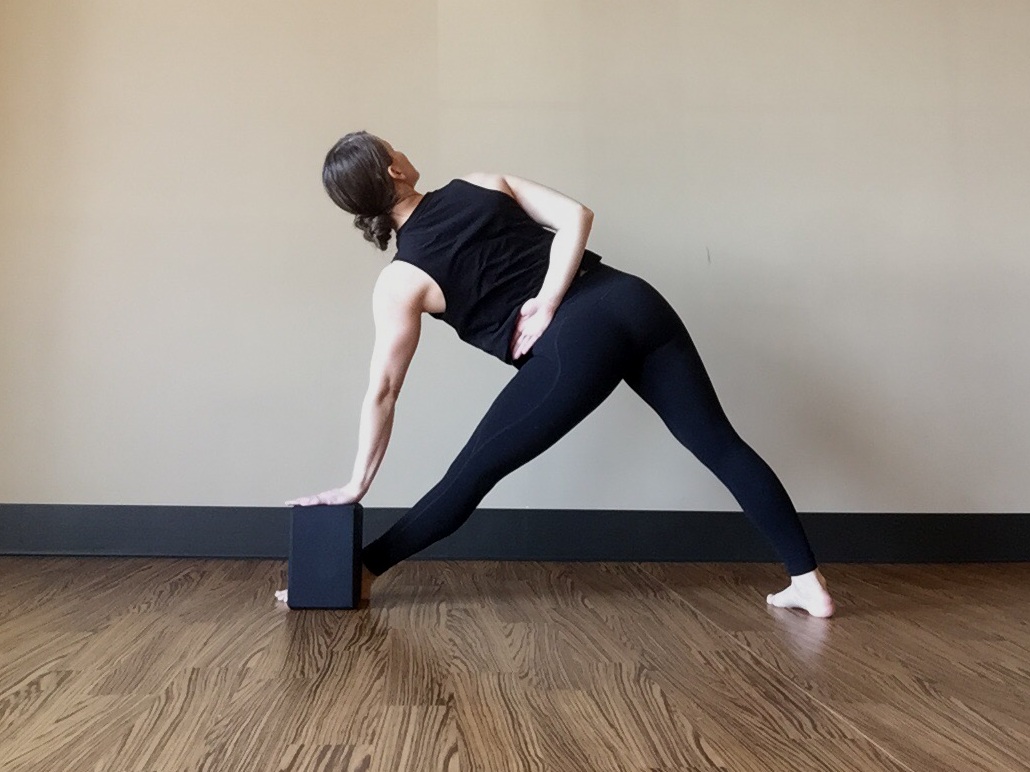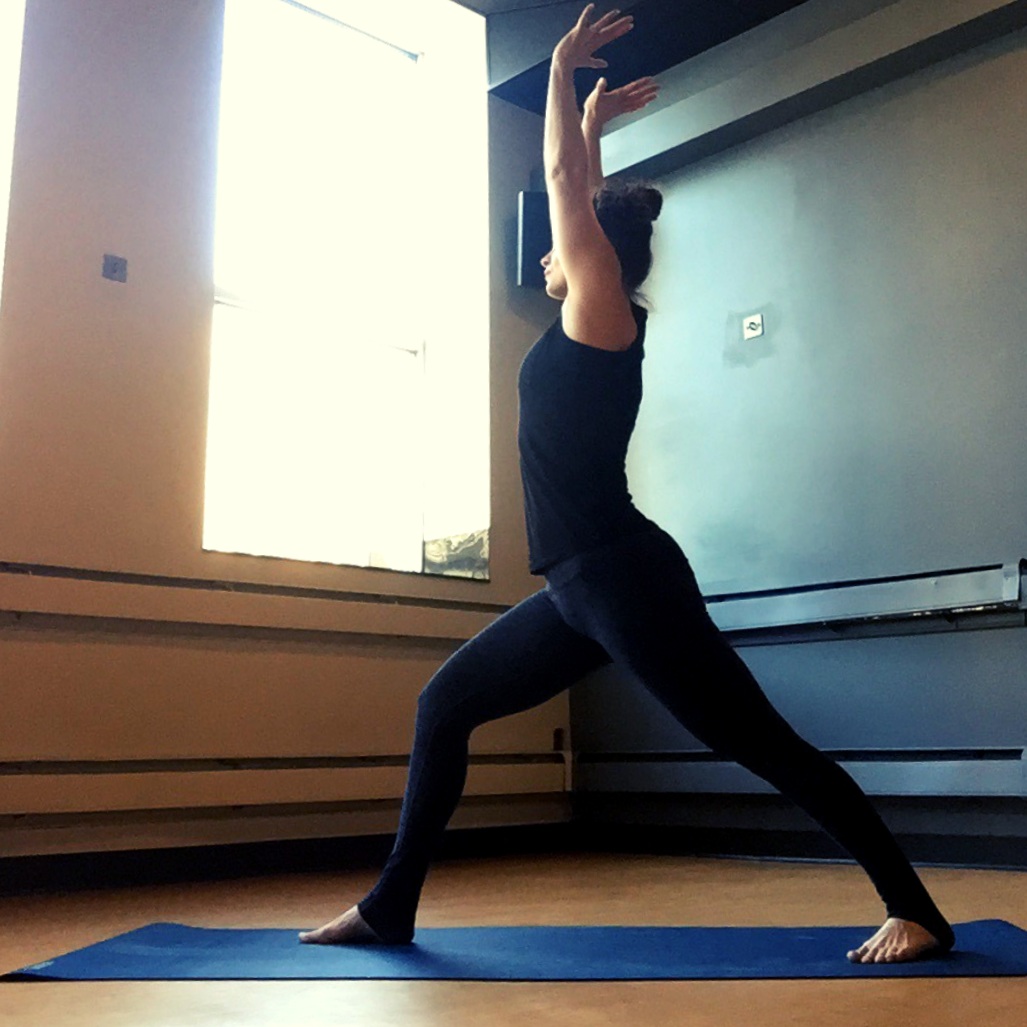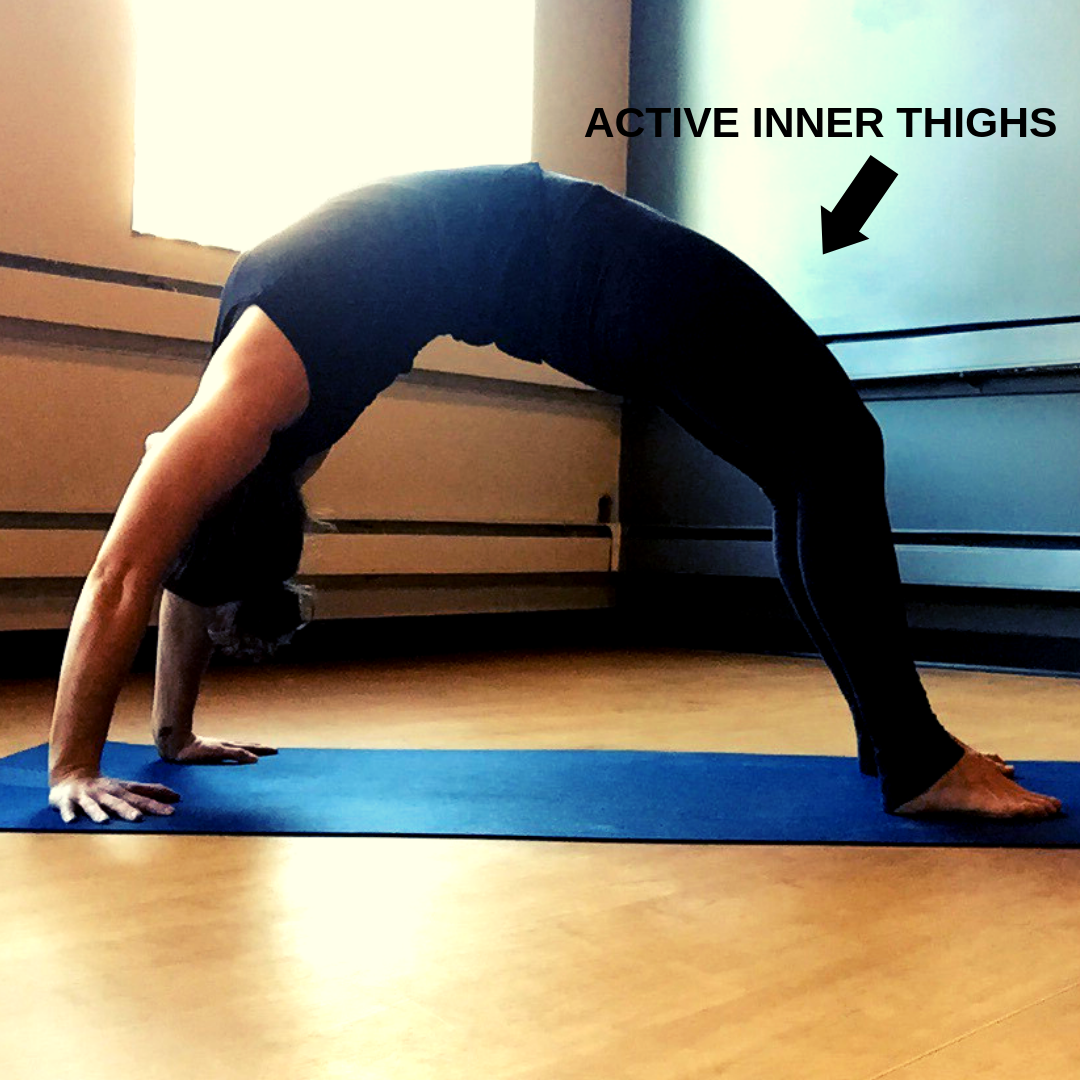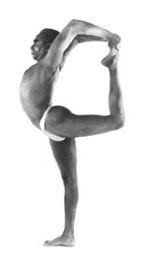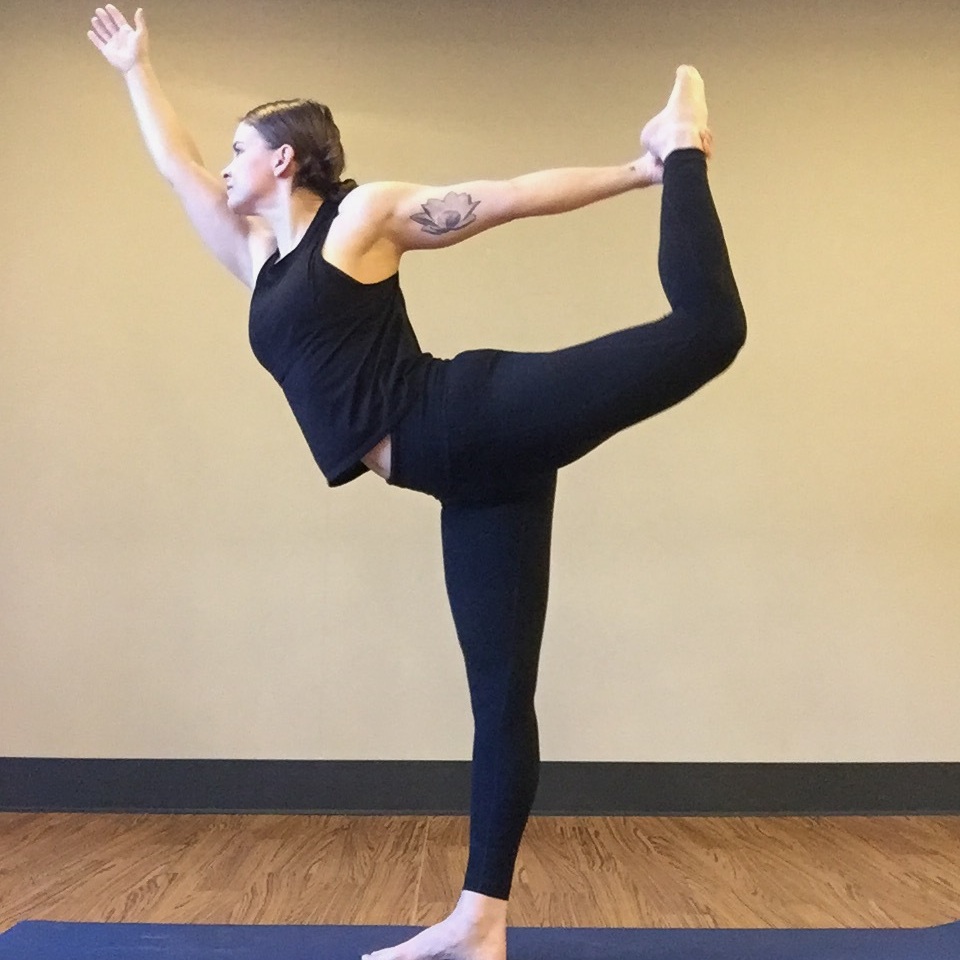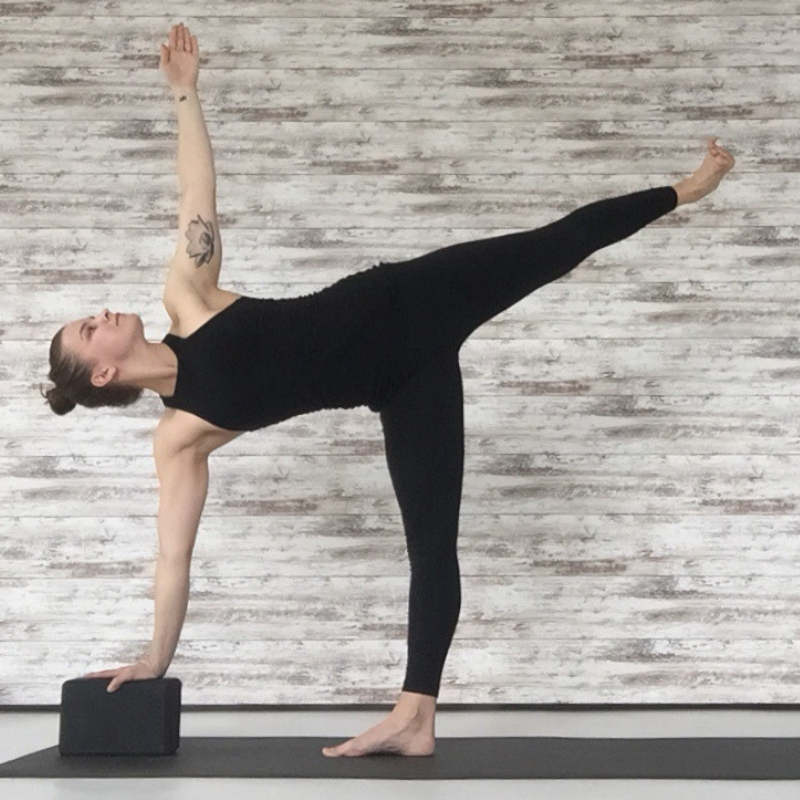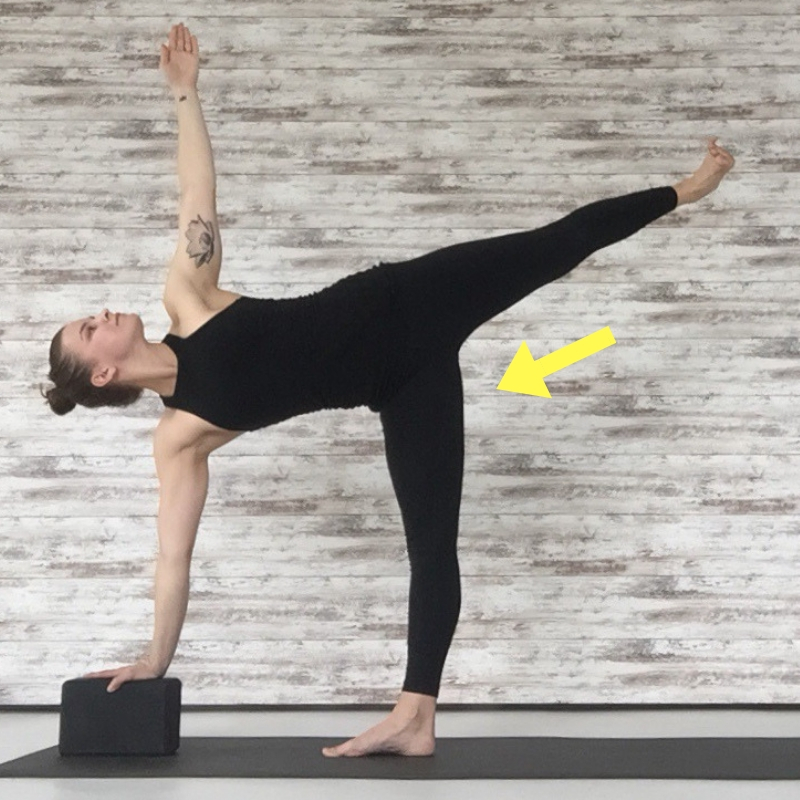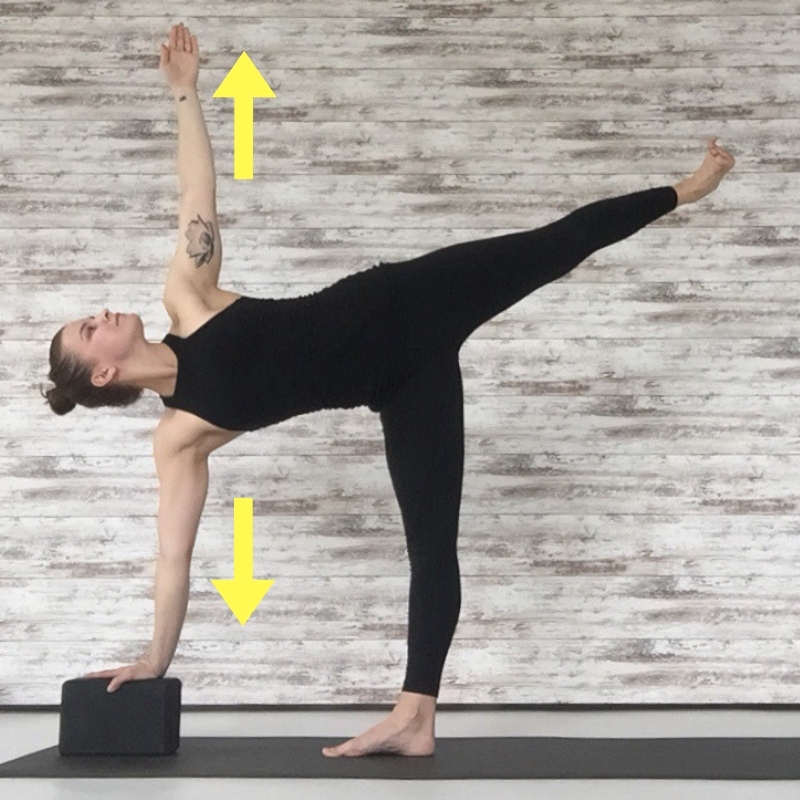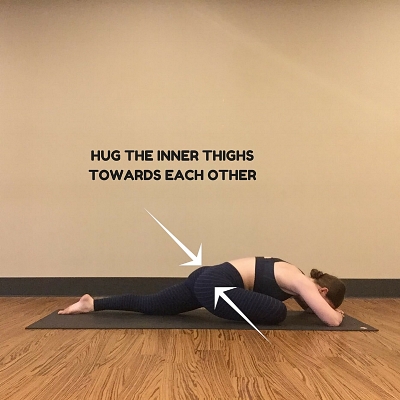Ardha Uttanasana - Halfway Lift
I think my new favorite pastime, beyond doing all things dog related, involves examining common yoga shapes and dissecting a variety of approaches to the shapes.
In this edition of Erin Examines we get Ardha Uttanasana, also known as Halfway Lift.
First, let’s look at the name:
Ardha is often translated as Half. And Uttanasana is often translated as Forward Bend or Forward Fold.
Ardha Uttanasana = Half of a Forward Bend/Fold
Now that we’ve gotten that out of the way, let’s look at the shape and its many forms.
Hands on Shins
I’m not shy about my preferences. This is my go-to variation in my own practice and I tend to cue the shape in this manner.
Why?
By pressing your hands into your shins you might find that you’re able to create - what feels like - more length in your spine. Plus, the firm press of hands into shins gives you something to resist against and might allow you to draw your shoulder blades back toward your hips and active the upper back. As strength in the upper back can sometimes get neglected in a yoga practice, I’m a fan of emphasizing upper back strength whenever possible.
This variation also allows you to get your spine parallel-ish to the floor. Going back to the name of the shape; you’re placing your body in half of a forward bend.
One last note on this variation: Depending on your body, you might bend your knees a bit. I, personally, encourage slightly bent knees with the bodyweight tipped toward the toes to promote hamstring engagement.
Hands to Floor
Another common approach to Halfway Lift is to place your hands or finger tips to the floor.
Why would someone choose this variation?
Hands to the floor creates deeper flexion in the front of the hips and places the body in a shape that looks more like a forward bend. This variation is commonly seen in an Ashtanga practice. This is totally me speculating as I don’t practice Ashtanga - The Ashtanga Primary Series focuses heavily on forward folding shapes. By doing a Halfway Lift that features deep hip flexion, one might find more depth in the deep forward folds of the Primary Series.
Depending on your body, you might bend your knees or kept the legs straight. Your choice might take into consideration the length of your arms and/or the mobility in your hamstrings.
Other Options
I thoroughly appreciate when students try on something I don’t offer in a class. And I thoroughly appreciate experimenting and trying variations that are “less traditional”.
Hands to Blocks
Kind of like a combo of Hands to Shins and Hands to the Floor, Hands to Blocks is one of my favorite options. You get the leverage of moving the chest and spine forward and you get the benefit of pushing your hands down into something. Especially for folks with shorter arms and/or less mobile hamstrings, placing your hands on blocks is a very accessible option.
I also love that this variation gives students the opportunity to feel the sensation of pressing their hands into blocks which might create muscle memory for shapes like Warrior III with hands on blocks and Half Moon with the bottom hand on a block.
Hands to Head
Because this option is not supported by the hands pressing down into something, it requires more activation through the hamstrings and muscles that support the spine. I tend to teach this option when I’m guiding a practice that emphasizes backline engagement.
Almost like doing a deadlift when weightlifting, the weight of the upper body creates a sense of load on the backside of the legs. Like a deadlift, even if you’ve got mobile hamstrings, I highly encourage all folks bend their knees at least a little bit with this variation.
Another option is to take your hands together in front of your heart if your shoulders aren’t loving the hands to head option.
What Option is Best for Me?
Let’s all say it together - “It depends!”
All bodies are different. We’re all bringing different experiences, injuries, limitations, etc. to the practice so your Halfway Lift is going to be different compared to other students. Plus, your Halfway Lift might change with each practice depending on what you’re focusing on in that specific practice.
I invite you to play. Try on all of these options and perhaps you’ll find a favorite option that I didn’t even mention. That’s what’s so great about the practice! It’s going to be different for everyone.
